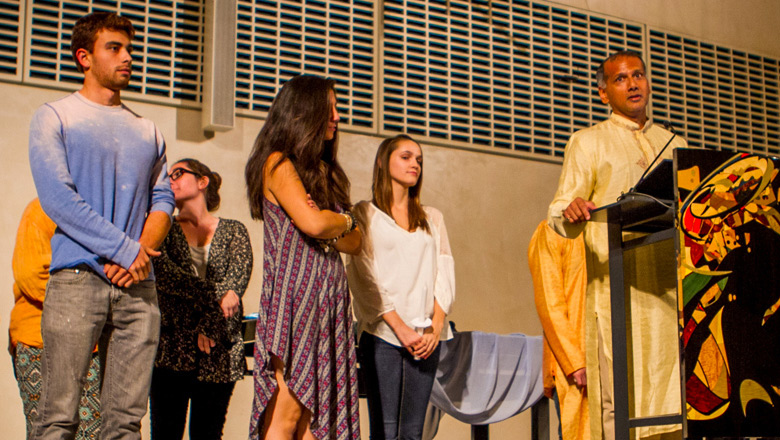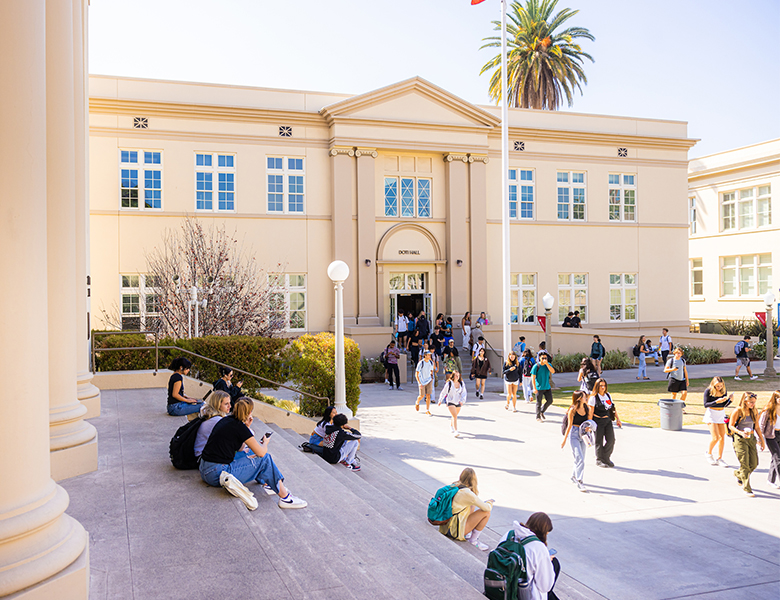
Chapman University is home to over 500 student-athletes who compete in 21 sports at the NCAA Division III level in the Southern California Intercollegiate Athletic Conference (SCIAC). In addition, Chapman sponsors seven club sports programs ranging from men’s lacrosse to cheerleading. For those not interested in competing on the intercollegiate level, Chapman offers four intramural sports, and open recreation hours and fitness classes for CU students, faculty and staff.






 Health and safety of the Chapman Family is a top priority for the University. Our
commitment can be seen in the healthy foods and fitness resources we offer, the dedicated
public safety, disability services, medical and physiological counseling staff that
is on hand daily, the preventative education we offer students, and the continued
support from the administration to make sure everyone's experience at Chapman is enjoyable
and safe.
Health and safety of the Chapman Family is a top priority for the University. Our
commitment can be seen in the healthy foods and fitness resources we offer, the dedicated
public safety, disability services, medical and physiological counseling staff that
is on hand daily, the preventative education we offer students, and the continued
support from the administration to make sure everyone's experience at Chapman is enjoyable
and safe.
 From the Student Union in Argyros Forum where you can rent an iPad, grab a hot meal
and socialize with friends to the Doti-Struppa Rock Wall in the residence halls where
you can test your physical limits, students are free and welcome to immerse themselves
in the whole Chapman student life experience. If you're in a more collaborative mindset,
Chapman offers a myriad of clubs and organizations to fit all levels of involvement.
From the Student Union in Argyros Forum where you can rent an iPad, grab a hot meal
and socialize with friends to the Doti-Struppa Rock Wall in the residence halls where
you can test your physical limits, students are free and welcome to immerse themselves
in the whole Chapman student life experience. If you're in a more collaborative mindset,
Chapman offers a myriad of clubs and organizations to fit all levels of involvement. 
